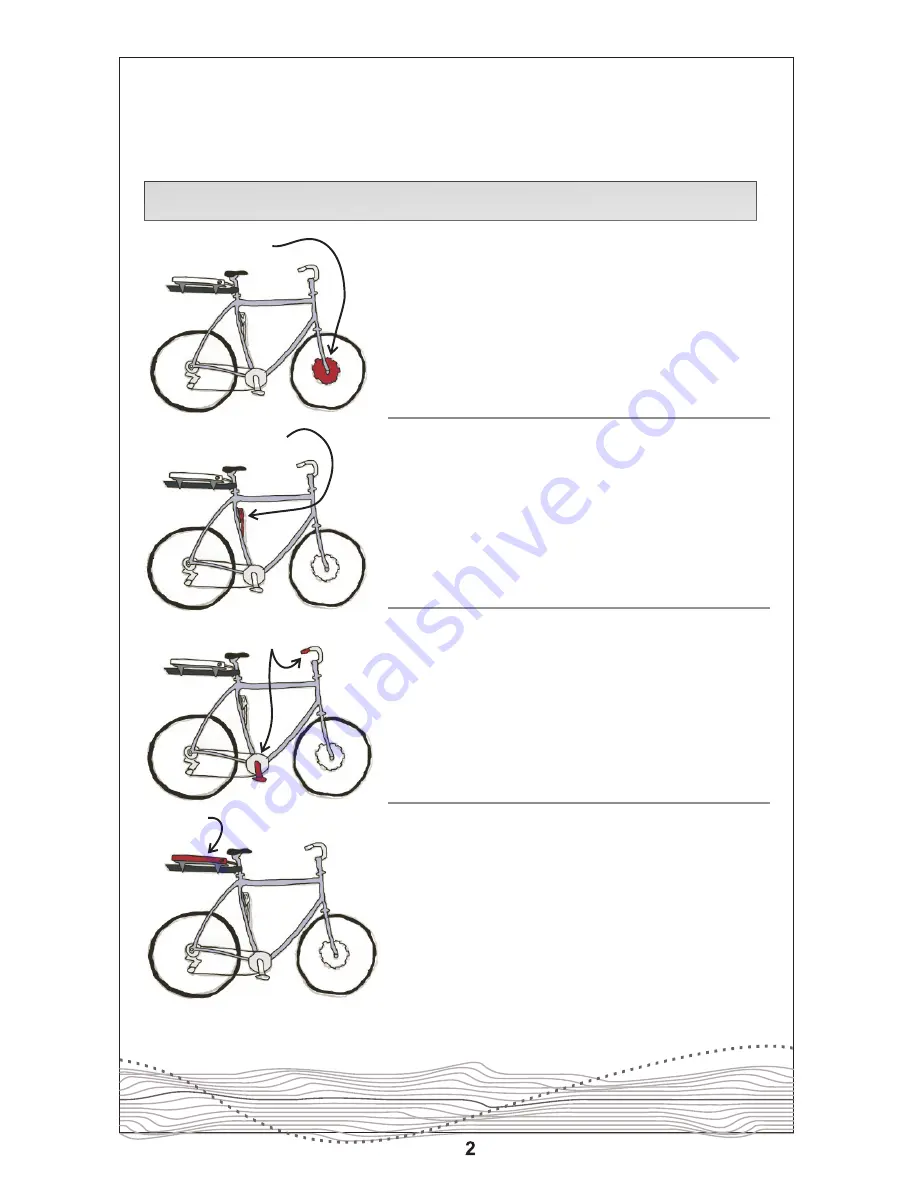
An electric bike normally comprises 4 key components:
We mostly sell hub motor conversion kits where the
motor is built inside the bike wheel and the axle of the
motor is secured in the bicycle dropouts. The axle is
fixed to the bicycle fork and then when you provide
power to the motor the "rotor" part of the motor spins,
which then spins the bicycle wheel itself.
The motor controller delivers and regulates power to
the motor, controls how fast the motor spins (via a
throttle normally) and converts the DC (direct current)
type of electricity the battery provides into the AC
(alternating current) electricity needed to spin the hub.
The throttle is normally mounted on the handlebars of
the bike and a twisting action tells the motor controller
to supply more power. Some electric bikes have a
pedal assist system (PAS) instead whereby your
pedaling effort is sensed and this tells the motor
controller to provide a certain level of assist power.
The battery is where the system gets its power from.
Nowadays most ebike batteries are lithium batteries,
similar to those found in laptops but are about 10x the
size. The battery is usually recharged by a charger
plugged into a mains power outlet. A battery weighing
around 4kg can provide upwards of 20-40km range with
speeds of 30-40kph depending on how much the rider
pedals.
Electric Motor
Motor Controller
Throttle/Pedal Assist
Battery
Electric bikes are a new and promising alternative form of urban transportation. They provide
all the advantages of a regular bicycle while eliminating one of the bicycle’s main drawbacks,
lack of power. You can pedal normally and just use the motor to help out on hills and
headwinds, or use the motor all the time just to make riding easier and faster.





























